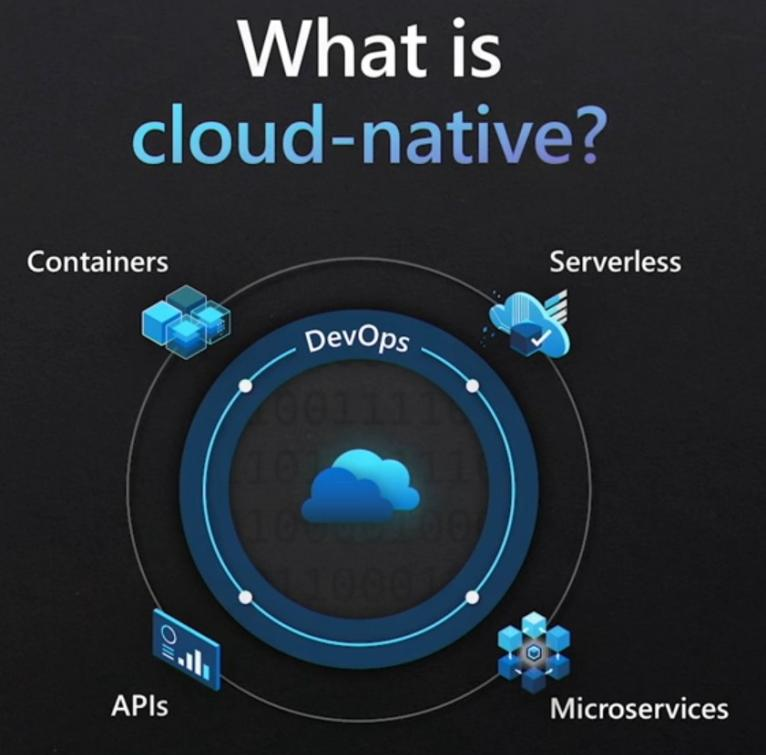Filter by Set
Cloud Computing
Share
Share this Set
Cloud computing enables companies to consume a compute resource, such as a virtual machine, storage, or an application, as a utility -- just like electricity -- rather than building and maintaining computing infrastructure in-house.
...see more
There are many options for developers to build and deploy cloud-native and containerized applications on Microsoft Azure.

Modern containerized apps development using AZURE CLOUD Native – TechBubbles
- .NET
- Agile
- AI
- ASP.NET Core
- Azure
- C#
- Cloud Computing
- CSS
- EF Core
- HTML
- JavaScript
- Microsoft Entra
- PowerShell
- Quotes
- React
- Security
- Software Development
- SQL
- Technology
- Testing
- Visual Studio
- Windows
